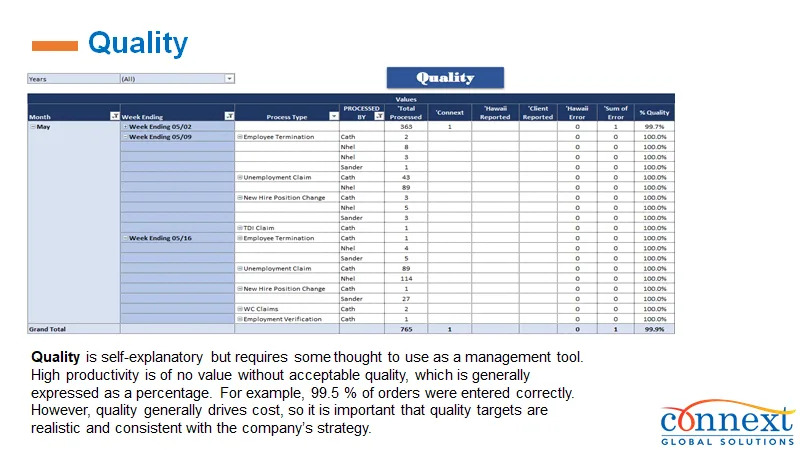
Telecom Expense Management (TEM) outsourcing is a strategic solution for businesses seeking to optimize their telecommunications costs and streamline their telecom infrastructure. TEM refers to the management of an organization’s telecom services and expenses, including wireless, voice, and data services. Outsourcing this function to specialized providers allows companies to reduce telecom costs, improve efficiency, and maintain better control over their communications infrastructure.
Key Components of Telecom Expense Management
1. Invoice Management: TEM providers handle telecom billing, ensuring that invoices are accurate, paid on time, and free from errors. This includes auditing invoices to catch overcharges, unused services, or incorrect fees.
2. Contract and Vendor Management: TEM services include negotiating with telecom vendors to secure favorable contracts and managing vendor relationships to ensure the business is receiving the best possible rates and services.
3. Cost Allocation: By outsourcing TEM, organizations can accurately allocate telecom costs across departments, projects, or business units, providing better visibility and control over where expenses are incurred.
4. Usage Monitoring and Optimization: TEM providers monitor telecom usage patterns to identify inefficiencies, such as unused lines or underutilized services. This allows businesses to optimize their telecom expenses and reduce unnecessary costs.
5. Asset and Inventory Management: Managing the inventory of telecom assets (such as devices, circuits, and services) is a crucial part of TEM. Outsourcing this task ensures that all assets are properly tracked and maintained, preventing unnecessary purchases or losses.
6. Compliance and Risk Management: TEM outsourcing helps ensure compliance with regulatory and contractual obligations, particularly in industries where data security and privacy are critical. Providers also manage the risks associated with telecom contracts and usage.
Benefits of Outsourcing Telecom Expense Management
1. Cost Savings: TEM outsourcing typically results in significant cost reductions, often between 10% and 30% of total telecom expenses. Providers use specialized tools and expertise to identify billing errors, optimize contracts, and eliminate waste.
2. Operational Efficiency: By outsourcing TEM, businesses can streamline telecom management processes, freeing up internal resources and allowing them to focus on core business activities. Providers also automate tasks like invoice processing, reducing manual workload and the risk of errors.
3. Expertise and Technology: TEM providers offer specialized knowledge and cutting-edge technology platforms that many businesses may not have in-house. These tools provide visibility into telecom expenses, track usage patterns, and automate processes for greater efficiency.
4. Improved Vendor Relationships: Outsourcing allows TEM providers to leverage their industry knowledge and relationships to negotiate better terms with telecom vendors, ensuring businesses receive competitive pricing and services.
5. Scalability: As companies grow or adjust their operations, outsourced TEM services can scale accordingly, accommodating new telecom needs, technologies, or international expansion without the need to invest in additional internal resources.
6. Enhanced Reporting and Analytics: TEM outsourcing offers detailed reports and analytics on telecom expenses and usage, providing companies with insights to make informed decisions on their telecom strategies and expenditures.
Industries That Benefit from TEM Outsourcing
– Large Enterprises: Organizations with complex, multi-location telecom environments benefit from TEM outsourcing as it helps manage large-scale telecom infrastructure and costs.
– Telecommunications and Technology Companies: These businesses often have extensive telecom networks and benefit from the expertise and cost-saving measures provided by TEM providers.
– Healthcare and Finance: Regulated industries with strict data compliance requirements benefit from the risk management, security, and compliance services TEM providers offer.
– Retail and Manufacturing: Companies with geographically dispersed locations can streamline telecom management and achieve cost savings through outsourced TEM services.
Common Challenges
1. Vendor Complexity: Managing multiple telecom vendors and contracts can be complex, particularly for global organizations with diverse telecom needs. TEM outsourcing simplifies this by centralizing management and negotiations.
2. Data Integration: Ensuring that TEM systems integrate smoothly with a company’s existing financial and operational systems can be challenging, but most TEM providers offer custom solutions to meet specific business requirements.
3. Change Management: Transitioning to an outsourced TEM model requires effective change management to ensure internal teams adapt to the new processes and tools.
Conclusion
Telecom Expense Management outsourcing is a valuable solution for businesses looking to control telecom costs, improve efficiency, and gain greater visibility into their telecom environment. By leveraging the expertise of TEM providers, companies can optimize their telecom infrastructure, reduce expenses, and free up internal resources to focus on core business objectives. With the growing complexity of telecom services and increasing reliance on communication technologies, TEM outsourcing is becoming a strategic necessity for many organizations.









